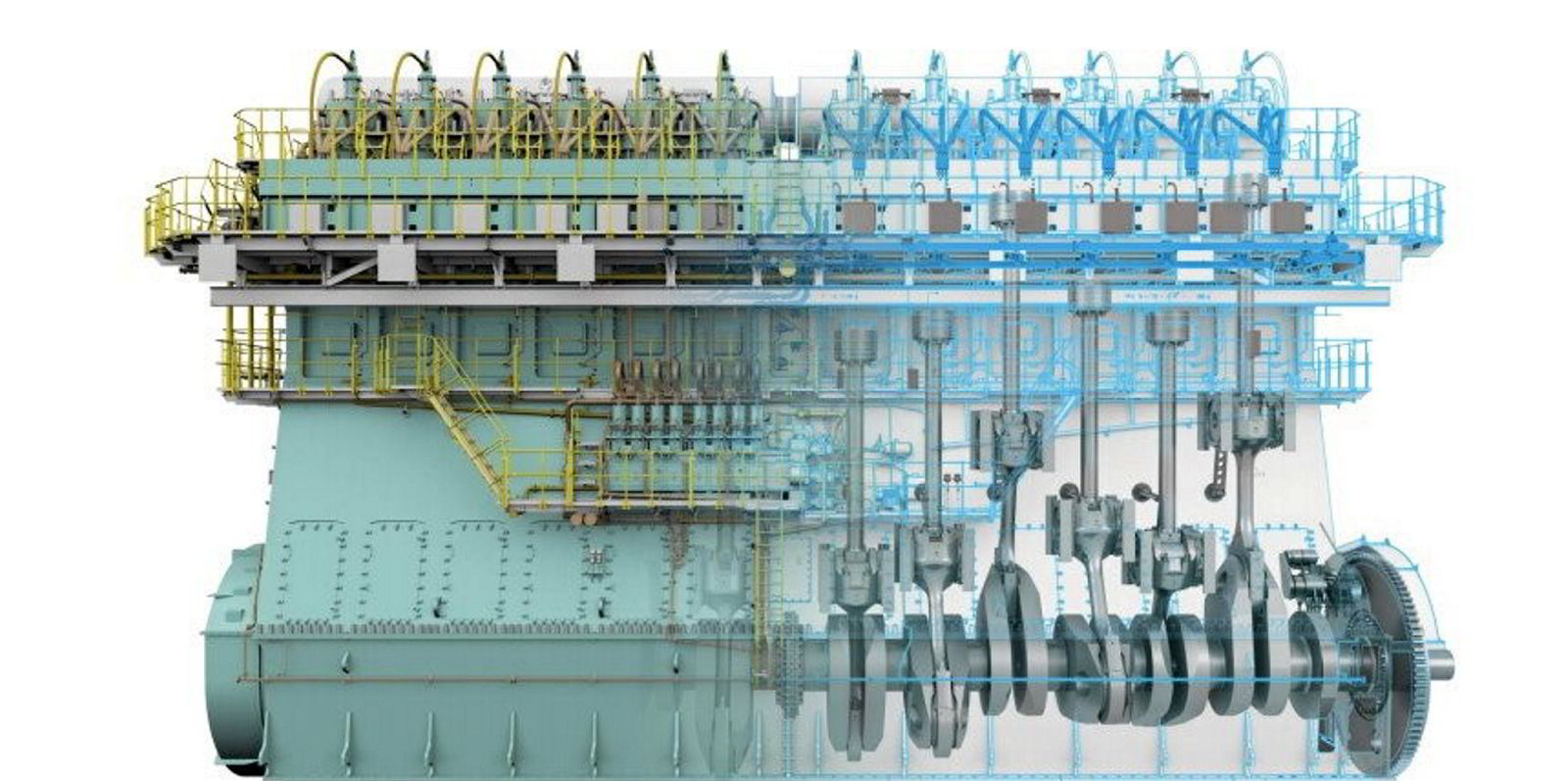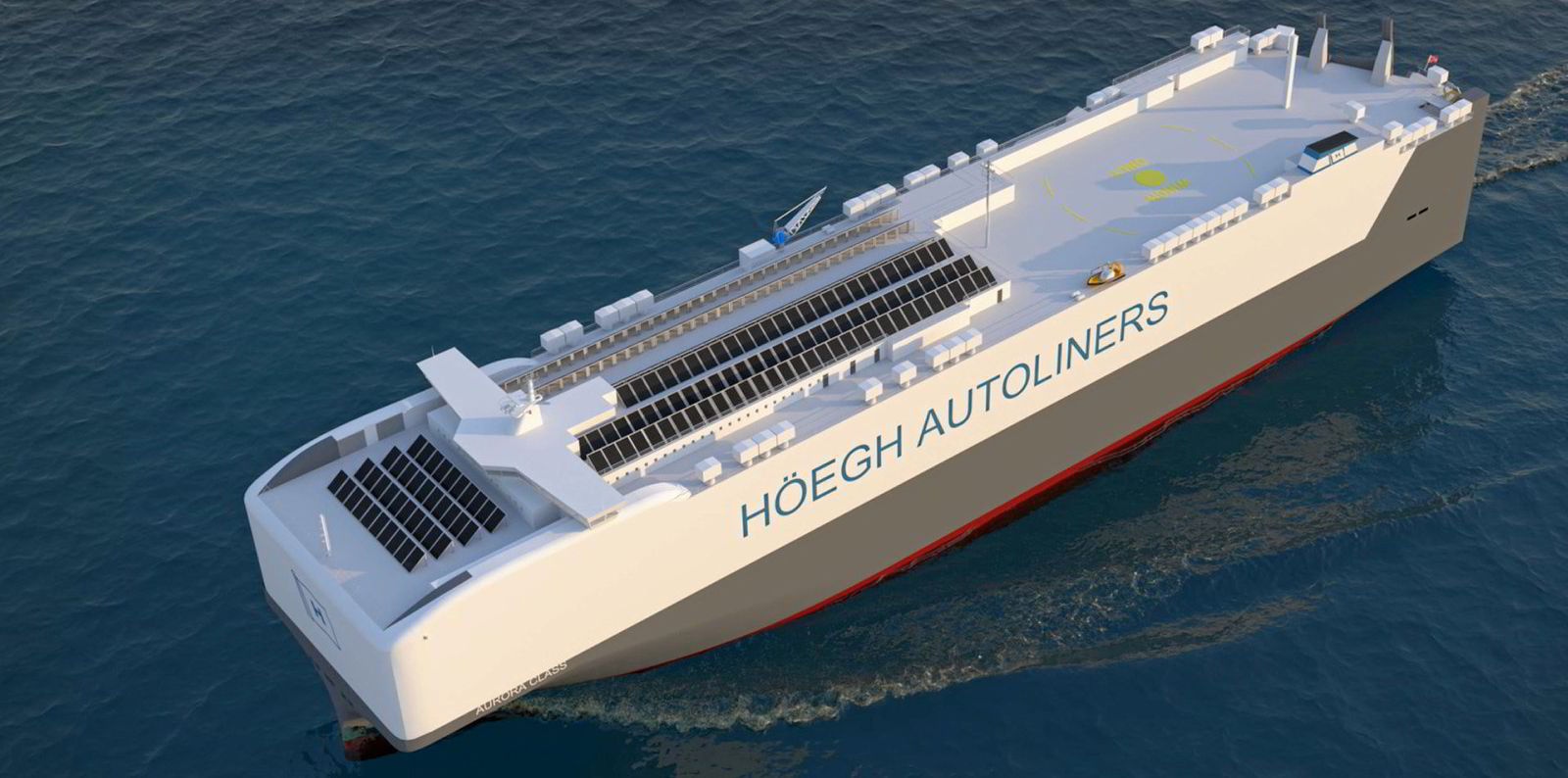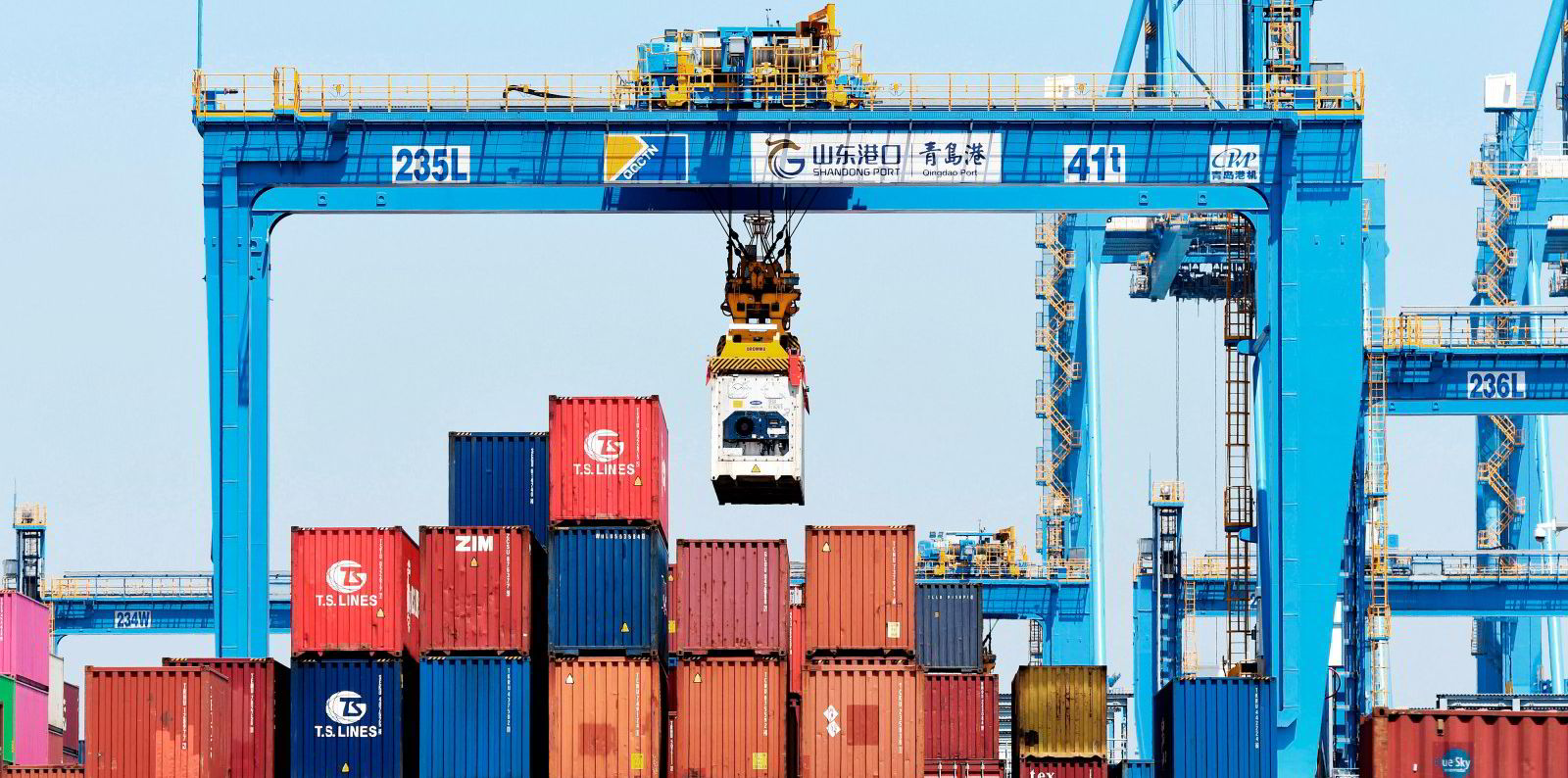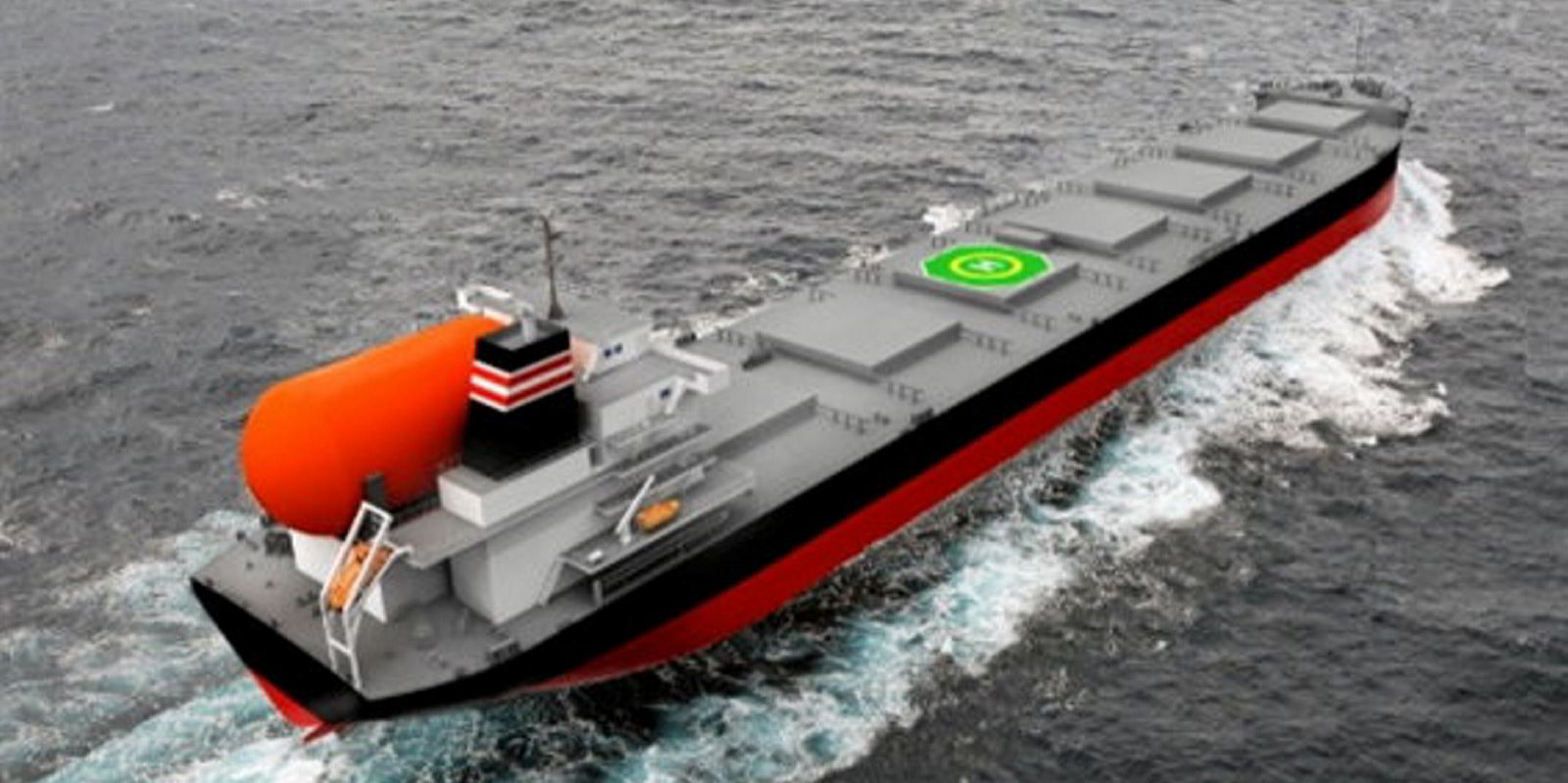Engine maker WinGD has revealed it is trying to move beyond dual-fuel engines into more flexible tri-fuel systems to meet the needs of the energy transition.
The Switzerland-headquartered company — 100% owned by China's state shipbuilding giant CSSC — is thinking about how it can develop systems for when bunkers such as ammonia and biomethane come onstream.
Dominik Schneiter, WinGD head of research and development, told TradeWinds that in 10 years the combustion engine will still be at the core of shipping propulsion.
"I don't see something replacing the engine," he added.
But Schneiter believes these engines will come with peripheral equipment based on electrification to integrate new fuel sources, such as fuel cells, solar, wind and wave power.
For tramp ships, finding reliable sources of these alternative bunkers will be difficult, the executive admitted.
So the flexibility of the engine will be key, he argued.
Talks ongoing
WinGD is "discussing internally how it can come up with tri-fuel engines with diesel as a backup," Schneiter told TradeWinds.
These new systems will use combinations of LNG, ammonia, methanol, biomethane and synthetic methane, he added.
The two-stroke engine remains the most efficient, Schneiter believes.
And he is keen to respond to "misleading" claims about methane slip in LNG-powered engines.
Singapore product tanker owner Hafnia has said that high-pressure engines in its dual-fuelled newbuildings will have 97% less methane slip than low-pressure engines.
Schneiter disputed this, saying methane slip from an X-DF low-pressure engine is 0.9 to 1 grams per KWH, and 0.2 to 0.3 grams per KWH for high-pressure equivalents.
"It's never 97%. We have to stick to facts — grams per KWH," Schneiter said.
The executive also warned that solutions should not be built on wrong assumptions.
"We have to separate emotions from reality," he said.
Schneiter feels data should include the auxiliary systems needed to build the high engine pressure.
"We feel that many statements made out there for good reasons, commercial reasons, are simply not true," said Schneiter.
"That's something we are inclined to oppose a bit and give a second opinion when it comes to two-stroke engines," he added.
In a diesel cycle for high-pressure engines, LNG fuel is injected into a hot environment, burning gas to a large extent.
But some LNG and and methane remains.
Gap is closing

The Otto-cycle — a typical spark ignition system — for low-pressure engines is less efficient.
A simple method to reduce the slip is to recirculate the methane back to the combustion chamber, giving it a second chance to burn, Schneiter explained.
This is called excess gas recirculation.
New engines are now reducing the methane slip by 50%, the executive said.
"That's why the difference to the high pressure engine is drastically reduced," he added.
"Our target is still to come to a similar level as high pressure engines, so the type will not matter to the owner," he added.
And he said that in terms of simplicity and efficiency, WinGD will have an advantage eventually with the low-pressure cycle.
This is because NOX, SOX and particulate emissions are reduced more than in high-pressure engines, Schneiter claimed.






